Most moms save their child’s handprints smeared on construction paper with craft paint. I’m saving a smattering of blue yarn embellished with natural hues of brown and green. The keepsake is art in its most juvenile form and yet it is a masterpiece.
The blue yarn outlines our nation’s major rivers. Columbia, Colorado, Mississippi to name a few. The Gulf and Great Lakes are marked too. I’d like to say I’ve fished them all, but I haven’t. I’d like to say they’re all pristine, but they’re far from it. The Stream Protection Rule was supposed to help with that, but now it’s gone.
The Trump administration rolled back the Obama administration rule by tapping the rarely used Congressional Review Act.
“It’s like the rusty screwdriver in the bottom of the toolbox that doesn’t get used a lot,” says John Gale, Backcountry Hunters and Anglers Conservation Director. “But if it does get used, in this case, stream protection goes away.”
The rationale behind rolling back the ties on stream protection is applauded by some as an effort to save a struggling coal industry and its 65,971 jobs, even though automation and the rise of natural gas—not regulation—are widely recognized as the main drivers of coal’s decline. What will struggle instead? The outdoor industry and its 6.1 million jobs. But is outdoor really an industry? Yes.
The American Sportfishing Association released its 2017 report on Economic Contributions of Recreational Fishing by U.S. Congressional District this week. Fishing relies on all those waterways mapped out in blue yarn. The report shows 46 million anglers equal $115 billion for America. Fishing, a sector of the outdoor industry, creates 800,000 jobs.
“A top priority for members of congress is the ability to identify jobs and economic opportunity in their districts,” says Mike Leonard, American Sportfishing Association conservation director. “It’s critically important that we provide accurate, detailed information to decision makers on the tremendous value that recreational fishing provides to the nation.”
Beyond hook, there’s bullet. Plus biking, hiking, paddling climbing, camping, wildlife watching and stargazing. The companies catering to outdoor customers are increasing in clout. According to Outdoor Industry Association, Outdoor Retailer, a trade show held in Salt Lake City for two decades, brings $45 million into Utah annually. OIA announced last week it’s taking its honey of a show away from the Beehive State. OIA doesn’t want Outdoor Retailer in a state governed by leaders opposed to protecting public lands for all like the newly established Bears Ears National Monument in Utah’s red rock country.
“It is important to our membership, and to our bottom line, that we partner with states and elected officials who share our views on the truly unique American value of public lands for the people and conserving our outdoor heritage for the next generation,” says Amy Roberts, Outdoor Industry Association executive director. “Outdoor Industry Association will continue to support the efforts of Outdoor Retailer to seek a new home for the trade show.”
There’s bound to be a state or two wanting the show and its $45 million annually not to mention the $646 billion generated by the outdoor recreation nationwide.
The reality is everyone’s play is someone else’s pay. Outdoor is an industry, a newly recognized industry, but an industry nonetheless. The jobs, and joys, represented in rivers of blue yarn make the art I’m saving priceless in more ways than one.

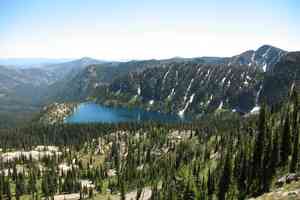





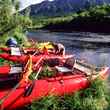
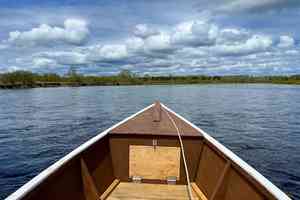



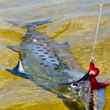
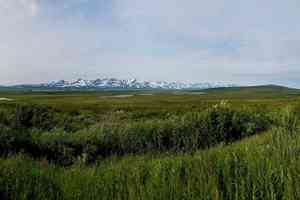
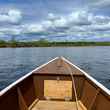
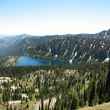





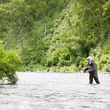
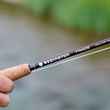







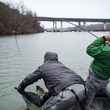

Comments
Alan Orvis replied on Permalink
Excellent Decision. It's time to stand up for our values and interests.
Pages